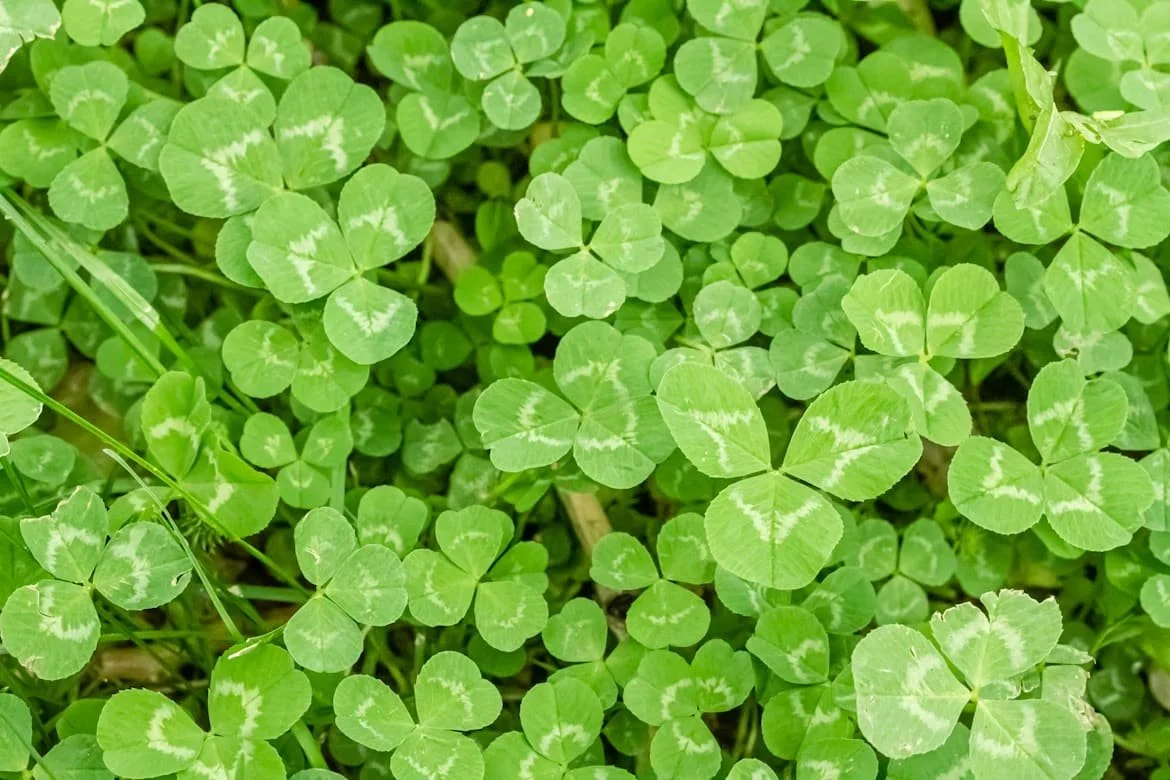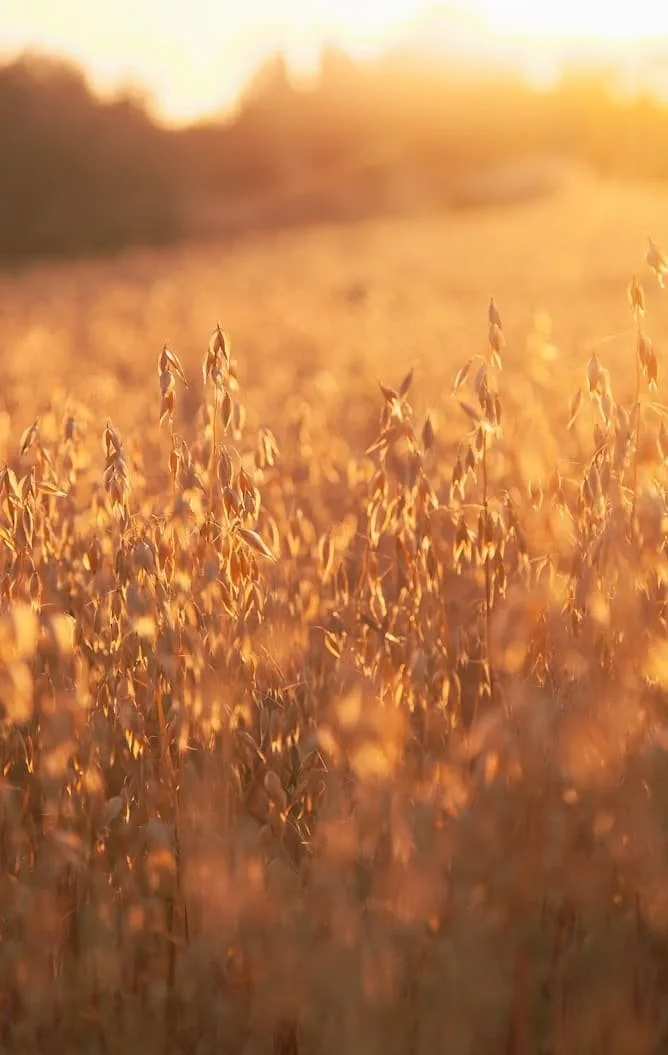Cover Cropping for the Home Garden
Dear Friend,
By late October, the mornings are brisk enough to make you reach for a jacket, and the mountains wear their last, deep hues before winter. Most vegetable beds are winding down — a few kale and collards hanging on, maybe some carrots still in the ground, but the main summer crops are long since done.
This is the moment when many gardeners let their soil sit bare until spring. But bare soil is like an open wound — it loses moisture, it’s exposed to erosion, and the life within it slows to a crawl. The old-timers knew better. They sowed something to “hold the ground” through the winter, and science has since confirmed the wisdom of that practice.
That “something” is a cover crop — plants sown not for harvest, but to protect, feed, and improve the soil during its off-season. Whether you have a big vegetable patch or a few raised beds, cover cropping is one of the most cost-effective and impactful things you can do for your garden’s long-term health.
Why Cover Crops Work
From a soil science standpoint, cover crops deliver multiple benefits:
Erosion Control — Roots hold soil in place against winter rains and snowmelt.
Nutrient Cycling — Plants capture residual nutrients before they leach away and return them to the soil as they decompose.
Weed Suppression — Dense growth shades out winter weeds.
Organic Matter — As the plants break down, they add humus, improving tilth, moisture retention, and biological activity.
Nitrogen Fixation — Legume cover crops (clover, vetch, peas) host bacteria that convert atmospheric nitrogen into forms plants can use.
In ecological terms, cover crops keep the soil alive year-round by feeding soil microbes and maintaining the “soil food web” even in winter’s dormancy.
Best Cover Crops
We sit in USDA Zone 7a/b with mild to moderate winters — cold enough to kill tender crops, but warm enough for hardy cool-season cover crops to grow.
For Winter Survival and Spring Growth
Winter Rye (Secale cereale) — Extremely cold-hardy, excellent for erosion control, high biomass. Best for large beds or garden areas you can till in spring.
Crimson Clover (Trifolium incarnatum) — Fixes nitrogen, blooms in late spring for pollinators.
Hairy Vetch (Vicia villosa) — Nitrogen fixer, winter-hardy, aggressive growth — best mixed with rye to climb on.
For Quick Fall Growth and Winter-Kill
Oats (Avena sativa) — Germinates quickly, dies in winter cold, leaving a mulch. Perfect for beds you want to replant early in spring.
Field Peas (Pisum sativum subsp. arvense) — Nitrogen fixer, pairs well with oats.
For Raised Beds or Small Spaces
Arugula (Eruca vesicaria) — Mild winter cover; edible leaves in early growth.
Mustard Greens (Brassica juncea) — Adds organic matter and biofumigant properties against soil pathogens.
Choosing the Right Crop for the Job
Match your cover crop to your garden’s spring plans:
Early spring planting? Choose winter-kill options like oats or peas so you can direct-sow without heavy tilling.
Mid- to late-spring planting? Use winter-hardy species like rye or vetch; terminate them 2–4 weeks before planting.
Need nitrogen boost? Focus on legumes — crimson clover, hairy vetch, field peas.
Need biomass and weed suppression? Rye is your workhorse.
When to Plant
In the Asheville area, the sweet spot is mid-September through late October, depending on the crop:
Hardy cereals (rye, wheat) and clovers can be planted right up to early November and still establish enough growth to survive winter.
Oats and peas need earlier planting (by mid-October) to build biomass before frost.
Soil temperature is the key — aim for planting when soil is between 45–65°F.
How to Plant
Prepare the Bed — Remove large weeds or crop residue. Loosen the soil lightly with a fork or rake.
Seed Rate — Follow recommended rates:
Winter rye: 2–3 lbs per 1,000 sq ft
Crimson clover: 1 lb per 1,000 sq ft
Oats: 2 lbs per 1,000 sq ft
Depth — Most cover crops should be planted ½–1 inch deep. Clover can be surface sown and raked in.
Watering — Water thoroughly after planting to ensure germination, especially if rain isn’t in the forecast.
Management Through Winter
Minimal Input: Once established, most cover crops require no additional fertilizer or care.
Pest Watch: Aphids may colonize vetch or peas during mild spells; encourage natural predators or rinse them off in warm periods.
Snow Cover: Light snow acts as insulation; no need to remove it.
Terminating Cover Crops in Spring
When it’s time to plant your main crops, you’ll need to “terminate” the cover crop. Timing and method depend on your system:
Tillage-Based Systems
Mow or cut the cover crop before seed set, then till under.
Wait 2–3 weeks for decomposition before planting — this avoids nitrogen tie-up.
No-Till Systems
Cut at the base and leave as mulch.
Roll-crimp rye or vetch when flowering to kill and mat it down.
Direct seed or transplant through the residue.
Case Study: Rye-Vetch Mix at Unicorn Farm
Last fall, we seeded a mix of winter rye and hairy vetch in a 1,200 sq ft production bed. The rye provided dense winter cover, suppressing weeds, while the vetch climbed the rye stems and fixed nitrogen. In late April, we crimped the rye and let the residue remain as mulch for a tomato planting. Result:
No erosion over winter.
Noticeably richer soil tilth.
Minimal weed pressure through June.
Wisdom Meets Soil Science
Long before “cover cropping” was a technical term, farmers practiced it — sowing buckwheat in summer fallows, rye in winter, or scattering clover among corn to keep weeds down and feed the soil. They may not have talked about microbial biomass or nitrogen fixation, but they knew that bare ground was poor stewardship.
Today, research backs that up. Fields that grow something year-round host more active soil life, have better water infiltration, and need fewer inputs over time. For the home gardener, this means less fertilizer, healthier plants, and soil that improves instead of depletes.
Closing Thoughts
Cover cropping isn’t glamorous work — it won’t give you a harvest next week, and it won’t draw “oohs” from visitors the way a rose bed might. But it’s foundational. It’s like putting money in the bank for your soil.
If you give your garden a living cover through the winter, you’ll be amazed at how it responds in spring — stronger growth, fewer weeds, richer soil. And you’ll be carrying forward an old mountain tradition of tending the land not just for today’s harvest, but for the seasons yet to come.
Yours in green fields, even in winter,
Unicorn Farm Nursery & Landscaping

